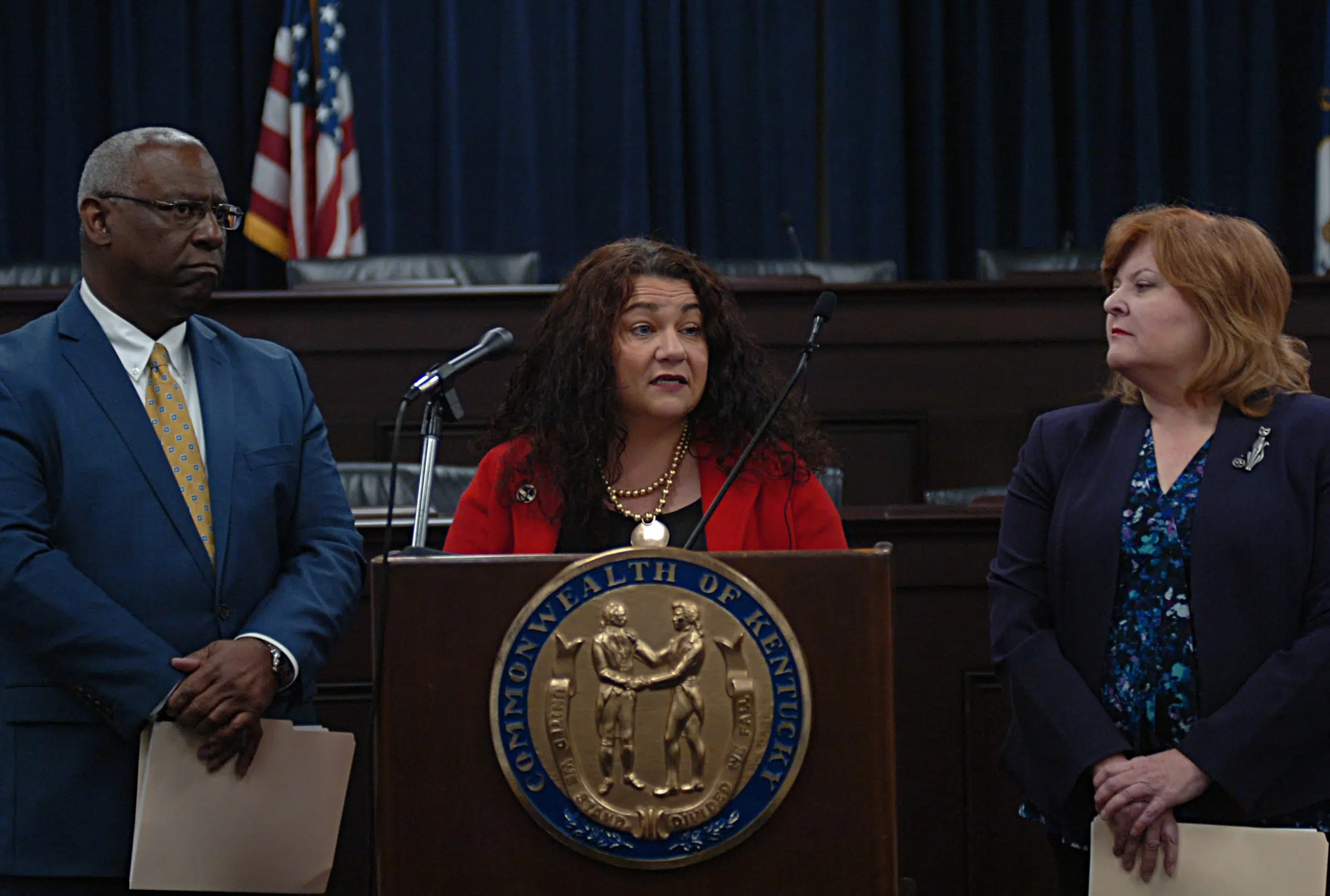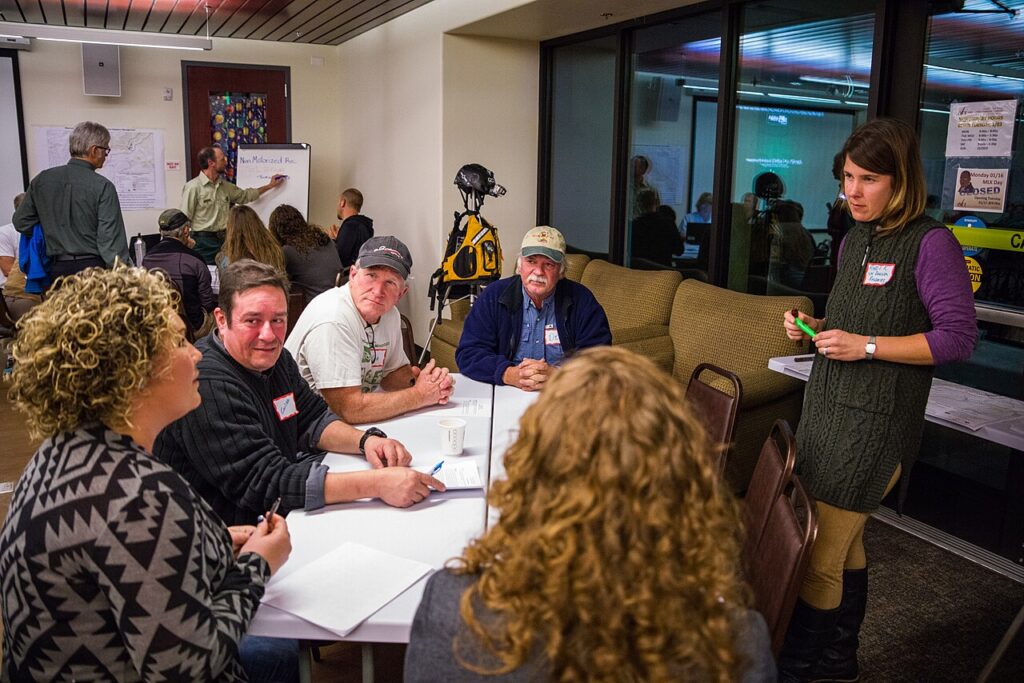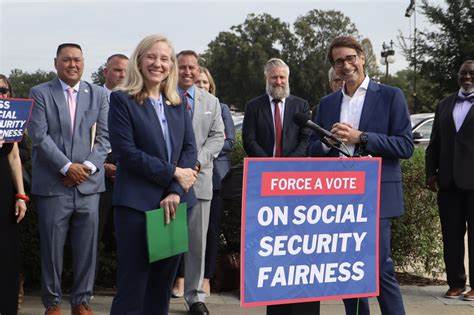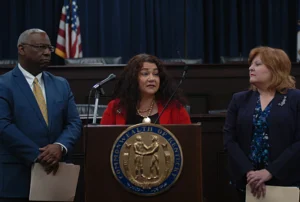State and local governments play a critical role in delivering public goods and services, including health, education, clean energy, and infrastructure. Yet, a significant barrier to their effectiveness is the lack of technical capacity to evaluate the efficacy of their programs and implement evidence-based solutions. While the federal government transfers over $1.1 trillion annually to state and local governments, much of this funding is not evaluated for its impact, leaving opportunities for improvement unrealized.
To address this gap, we propose establishing Policy Experiment Stations—a national network of university-based innovation labs modeled after the successful Agricultural Experiment Stations (AES) created by the Hatch Act of 1887. These stations would partner local universities with government agencies to evaluate programs, adapt evidence from other contexts, and develop strategies for implementing effective policies.
The Challenge: A Gap in Evidence-Based Innovation
State and local governments often lack the resources, expertise, and time to conduct rigorous program evaluations or search for evidence-based solutions from other contexts. For example, despite the American Rescue Plan’s $350 billion in State and Local Fiscal Recovery Funds, very few of these investments are being evaluated for efficacy.
In a recent survey, 59% of state policymakers cited “lack of time for rigorous evaluations” as a key obstacle to innovation. Even when evidence is available, implementing new programs disrupts existing workflows, creating additional barriers to adopting proven solutions.
Without a systematic approach to identifying and implementing what works, state and local governments are unable to maximize the impact of federal funds or deliver essential public services effectively.
The Opportunity: Lessons from Agricultural Experiment Stations
The Agricultural Experiment Stations (AES) established in 1887 provide a proven model for fostering innovation. These university-based research hubs developed and implemented agricultural innovations that increased productivity by 6% near the stations. Key elements of the AES model include:
- Locally Relevant Evidence: Researchers partnered with local stakeholders to produce evidence tailored to specific regional needs.
- Scientific Rigor: Federal oversight ensured the production and dissemination of high-quality research.
- Sustainable Funding: Stable federal and state appropriations created a durable research and development infrastructure.
By applying these principles to state and local government innovation, we can accelerate progress in critical policy areas like education, health, and climate resilience.
Why Proximity and Partnerships Matter
Emerging research highlights the importance of localized, collaborative approaches to government innovation:
- Local Evidence Builds Trust: Decision-makers are more likely to adopt reforms when the evidence is locally generated or endorsed by local researchers.
- Collaborative Research Increases Relevance: Partnerships between governments and researchers ensure that evaluations address practical challenges and identify feasible solutions.
- Implementation Support Drives Adoption: Dedicated support for implementing evidence-based policies helps overcome resistance to change and ensures sustained impact.
For example, Puerto Rico’s Department of Education attributes the success of its student learning initiatives to close collaboration with researchers who understood local culture and context. Similarly, King County, Washington, has leveraged partnerships with local universities to evaluate and improve programs in areas like housing stability and climate change.
Plan of Action: Establishing Policy Experiment Stations
To replicate the success of AES in the policy domain, we propose creating Policy Experiment Stations in every state. These stations would:
- Facilitate Research Partnerships: Connect state and local governments with neighboring universities to co-design and evaluate policy interventions.
- Adapt Evidence Across Contexts: Curate and translate research findings from other regions to ensure local applicability.
- Support Implementation: Provide technical assistance to help governments adopt and sustain evidence-based reforms.
Funding Structure
- Stable federal appropriations, matched by state contributions, would ensure long-term financial sustainability.
- Federal oversight would maintain scientific rigor and facilitate knowledge-sharing across states.
Expected Outcomes
- Increased adoption of evidence-based policies.
- Improved efficacy of government programs.
- Accelerated regional economic growth and community well-being.
Conclusion: Building Capacity for Government Innovation
Policy Experiment Stations represent a transformative opportunity to enhance state and local government capacity. By leveraging the expertise of local universities, these stations would create a sustainable infrastructure for evaluating and implementing effective policies.
This model addresses not only the what of policy innovation but also the how, ensuring that governments are equipped to deliver better outcomes for their communities.
The time to invest in government innovation is now. With the establishment of Policy Experiment Stations, we can empower state and local governments to rise to the challenges of the 21st century and unlock the full potential of public policy to drive economic growth and community flourishing.











